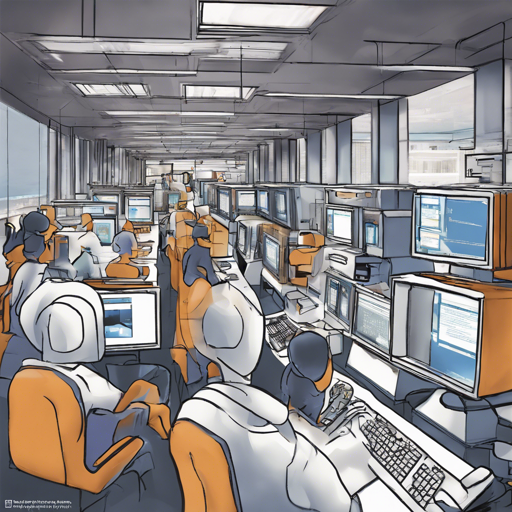If you’re venturing into the world of computer vision and object detection, you’re in for an exciting ride! Sightseer, a powerful toolkit crafted by Rishabh Anand, offers state-of-the-art architectures and pretrained models to make your computer vision tasks a breeze. In this article, we will guide you through the installation process, usage, and key components of Sightseer. Let’s dive in!
Installation: Setting the Stage
Before you jump into using Sightseer, you’ll need to set up your environment. Sightseer is designed to work with Python 3.5+ and TensorFlow 1.15. It’s highly recommended to create a virtual environment for your project. If you’re new to virtual environments, don’t worry! You can check out this tutorial to get started.
Step-by-Step Installation via PyPi
- First, ensure you have TensorFlow installed. You can find installation instructions on the TensorFlow installation page.
- Once TensorFlow is set up in your virtual environment, install Sightseer using pip:
pip install sightseerExploring Sightseer’s Features
Sightseer consists of several key components, each tailored to facilitate various stages of the object detection process:
- Sightseer: Handles image data or video input.
- Proc: Offers image annotation and format conversion tools.
- Zoo: Contains wrappers around various state-of-the-art models.
- Serve: Provides deployment protocols for model serving.
The Power of Models at Your Fingertips
Once installed, using any model from Sightseer’s Zoo can be accomplished in just a few lines of code. To illustrate, imagine you are organizing a library where each genre (model) is neatly cataloged. You don’t need to understand every book (model) inside the library; you simply need to know where to find them! Here’s a quick example of using the YOLOv3 model:
from sightseer import Sightseer
from sightseer.zoo import YOLOv3Client
yolo = YOLOv3Client()
yolo.load_model() # downloads weights
ss = Sightseer()
image = ss.load_image('path_to_image.jpg') # extracts image data
preds, pred_img = yolo.predict(image, return_img=True)
ss.render_image(pred_img) # displays the resultVideo Processing Made Easy
Want to run the model on a video? You simply need to follow the same approach! Consider video frames as the pages of a flipbook — each frame capturing a fleeting moment. With Sightseer, you can grab all these moments and analyze them seamlessly.
frames = ss.load_vidsource('path_to_video.mp4') # loads video frames
pred_frames = yolo.framewise_predict(frames) # analyzes each frame
ss.render_footage(pred_frames) # plays and saves the videoTroubleshooting Tips
If you encounter issues during installation or usage, consider these troubleshooting suggestions:
- Double-check your virtual environment is activated before installation.
- Ensure TensorFlow is correctly installed and compatible with your version of Python.
- Verify the paths you are using to load images or videos are accurate.
- If you’re experiencing performance issues, try running your models on a GPU for better results.
For more insights, updates, or to collaborate on AI development projects, stay connected with fxis.ai.
Contributing to Sightseer
Suggestions, improvements, and enhancements are always welcome! If you have any issues, please raise them in the Issues section. Before you commit, check the Roadmap to see if your proposed features are already in development.
Final Thoughts
At fxis.ai, we believe that such advancements are crucial for the future of AI, as they enable more comprehensive and effective solutions. Our team is continually exploring new methodologies to push the envelope in artificial intelligence, ensuring that our clients benefit from the latest technological innovations.
And there you have it! With Sightseer by your side, the realm of computer vision is at your fingertips. Start exploring and transforming images and videos into insightful data today!

